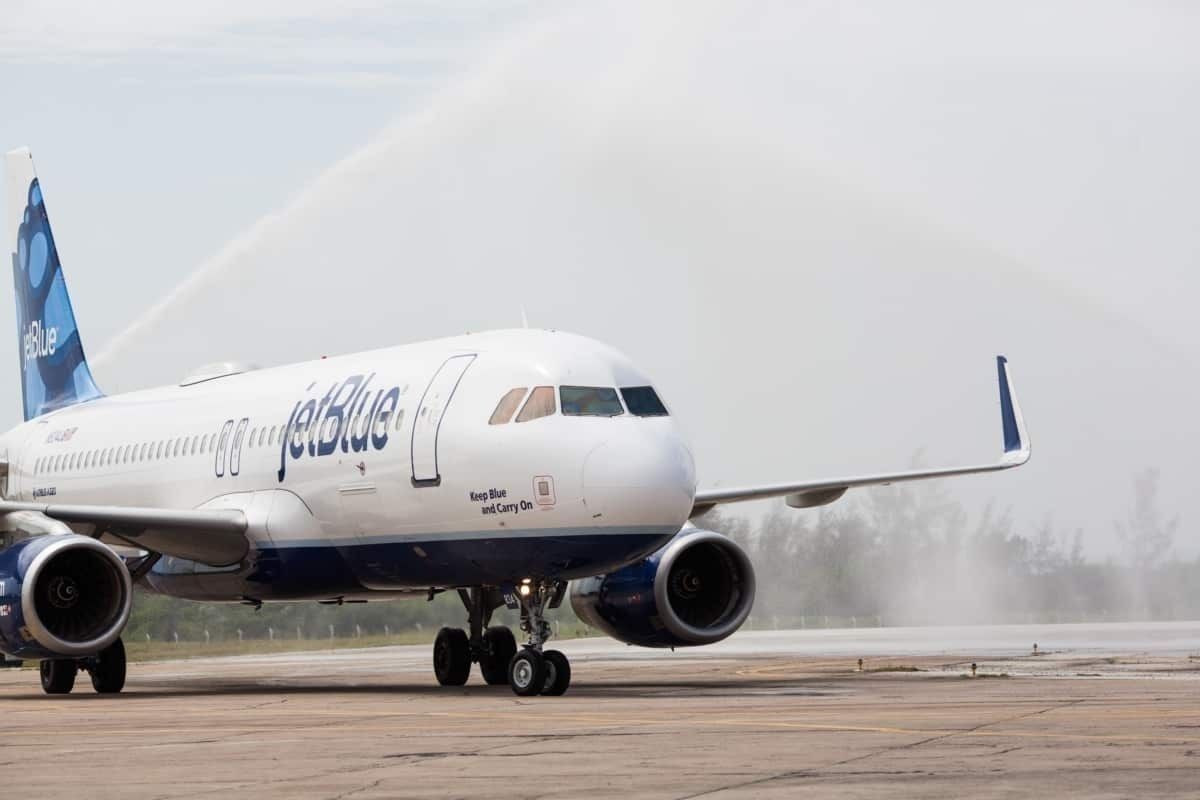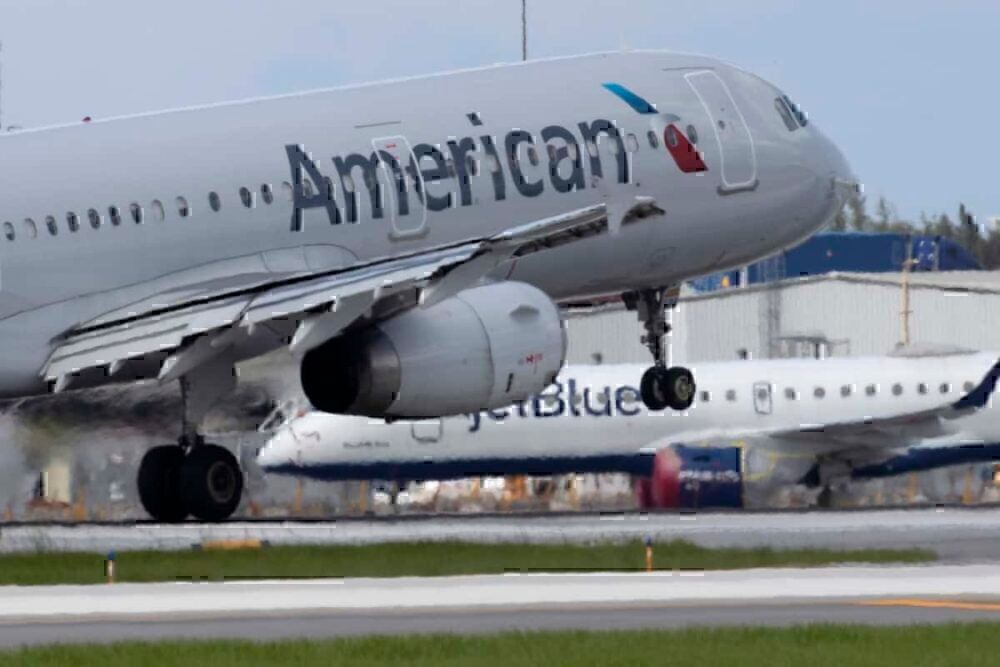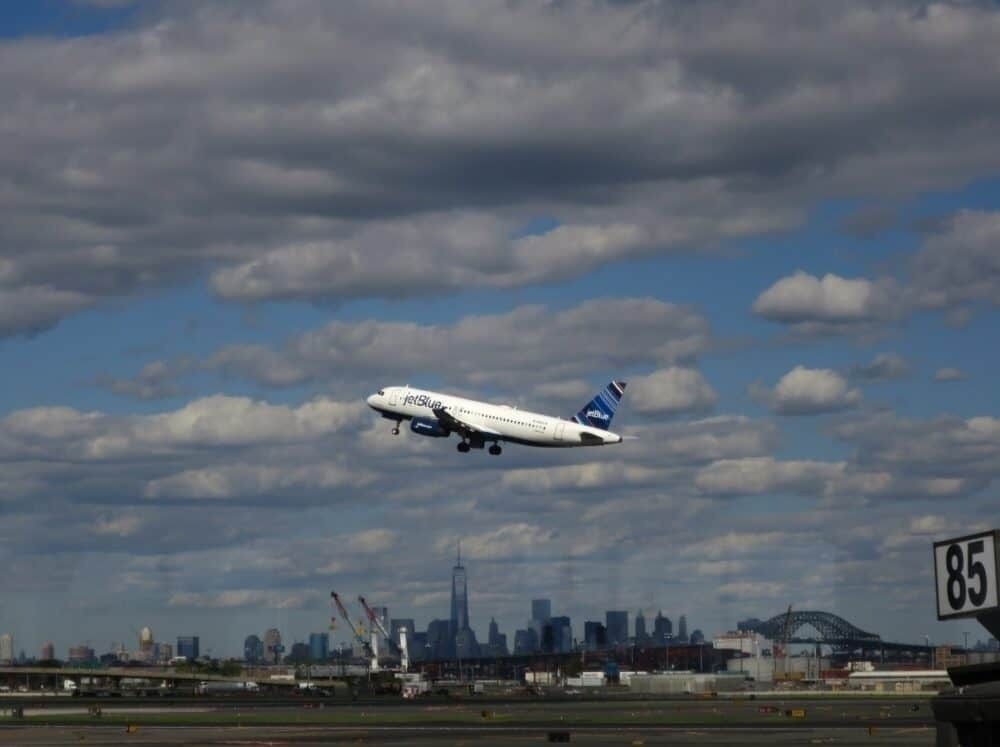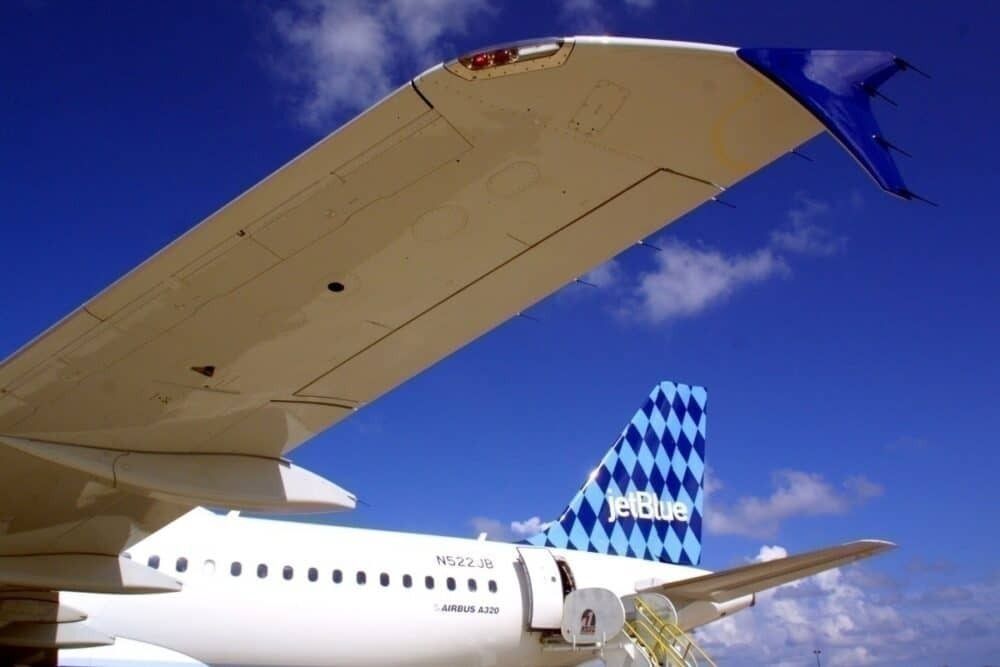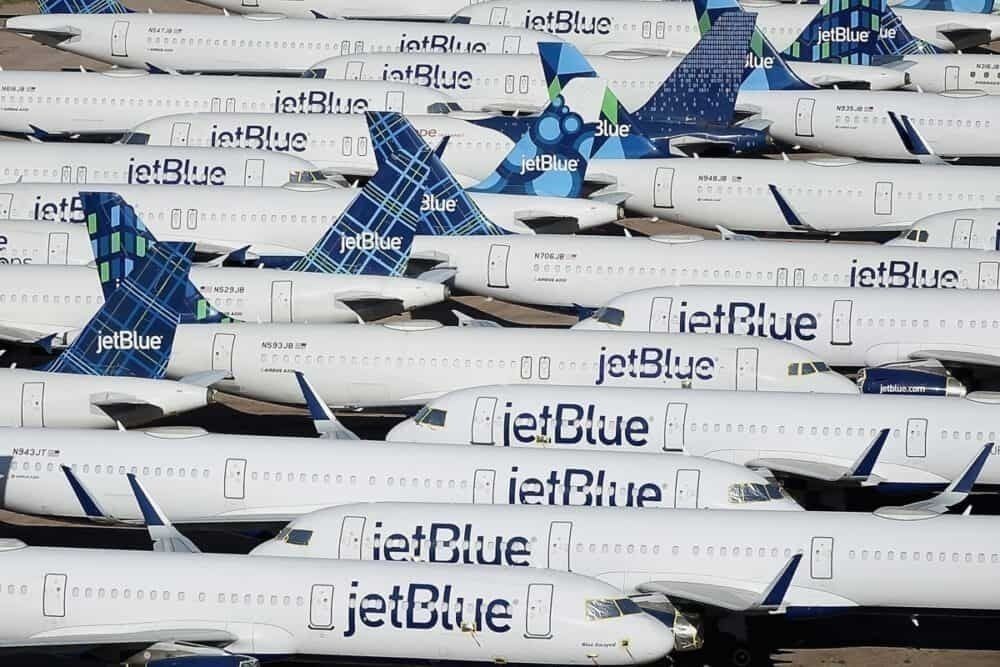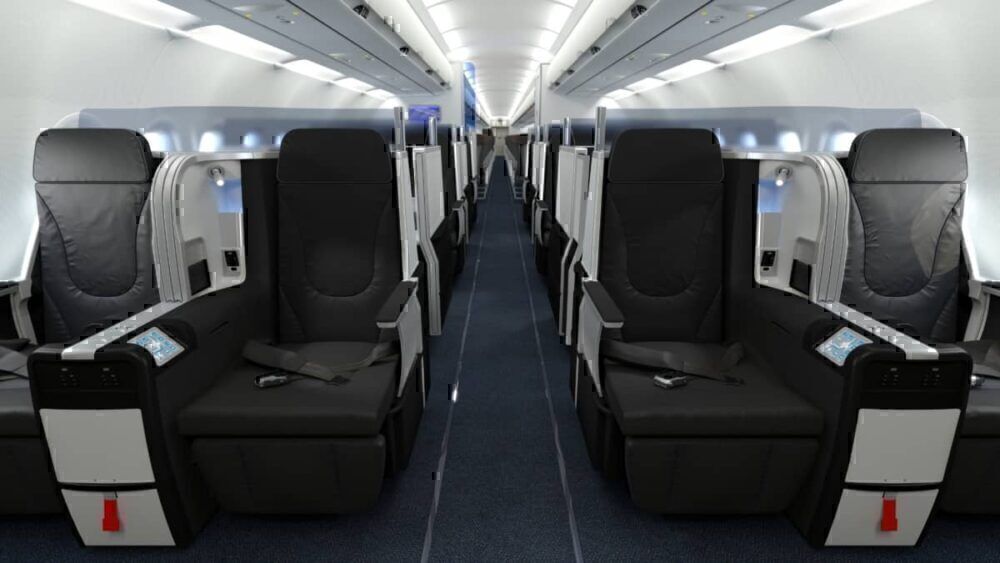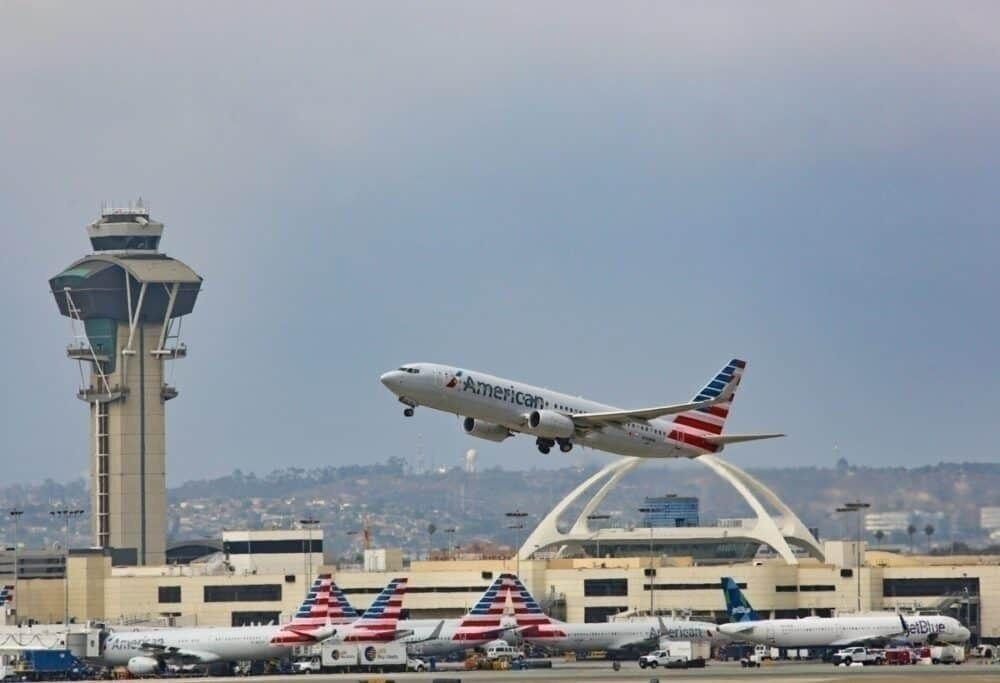While most US airlines chart out plans for rebuilding, JetBlue Airways is charting out plans for growth. As the airline manages the current crisis, its executives know that, once the crisis passes, the airline is ideally suited to reach a wider breadth of customers and capitalize on the airline's unique structure. Here's what JetBlue plans to do at its bases.
Northeastern United States
Boston and New York City are some of JetBlue's strongest markets. In fact, in both Boston Logan International (BOS) and New York-JFK International (JFK), JetBlue is the largest carrier by market share in each market.
Stay informed: Sign up for our daily aviation news digest.
Nevertheless, the airline still has a lot of room to grow. JetBlue recently announced a huge expansion from Newark (EWR). Joanna Geraghty, President and COO of JetBlue Airways, stated the following in the airline's second quarter earnings call:
"Our added flying solidfies our relevance in the New York metro area by bringing low fares and our industry-leading product and service, including Mint, to more customers. This will ultimately bring our Newark operations to 60 daily flights post-recovery"
On top of the Newark expansion, JetBlue and American Airlines recently announced a partnership covering operations in the Northeastern US. This adds 60 nonstop for JetBlue's customers operated by American Airlines while AA's customers get another 130 new nonstops on JetBlue.
JetBlue is very committed to both New York and Boston. The airline is still planning on launching transatlantic flights to London from both cities with its Airbus A321LRs. However, the airline still lacks the global reach that American Airlines will help provide. Already, American will be adding new routes out of New York-JFK, which JetBlue's customers can connect onto.
In addition, both American and JetBlue will engage in some slot swaps, pending regulatory approval, in JFK and LaGuardia (LGA). American will probably end up taking the JFK slots to launch international long-haul services. In contrast, LGA slots will likely go to JetBlue to build up more point-to-point connections where American previously flew 50-seaters to from JFK. This could include cities like Nashville, Pittsburgh, Baltimore, Cincinnati, and others.
In the first quarter of 2020, just before the crisis decimated airline schedules, JetBlue was operating up to 182 scheduled daily departures out of Boston with an average of 159 per day. Meanwhile, out of JFK, there was an average of 147 flights per day, with up to 162 scheduled daily departures.
JetBlue digs in deep in Fort Lauderdale
JetBlue's primary Florida gateway, Fort Lauderdale (FLL), will grow. The plan is to build operations up to 140 flights per day on JetBlue– almost on part with what the carrier operates out of New York-JFK. The airline also highlighted two new international gates, which the airline wants to use to improve connectivity targeting origin and destination traffic out to Latin America.
Fort Lauderdale-Hollywood International Airport is the largest airport in Broward County, just north of Miami. The airport has an incredible array of flights on both mainline full service and leisure carriers. Internationally, Norwegian and Emirates operate the primary long-haul operations out of the airport.
However, the airport is intensely competitive. The latest data from the Bureau of Transportation Statistics showed Spirit came out on top with a 24% market share at the airport, followed by JetBlue at 21%, closely followed by Southwest at 20.5%. The next largest competitor was Delta, with a 13% market share.
Fort Lauderdale is JetBlue's primary Latin American gateway. While the carrier can get some connecting traffic, there is also a significant diaspora of people from Latin America in the area– coupled with some leisure travel. While JetBlue can leverage some connections, it is the origin and destination (O&D) demand that JetBlue is going to target out of FLL in line with the airline's point-to-point spirit.
Los Angeles becomes JetBlue's main West Coast gateway
With the consolidation of JetBlue's West Coast operations in Los Angeles (LAX), the carrier is looking at reducing costs and improving margins. LAX is one of the airline's strongest markets. Longer-term, JetBlue plans on expanding both domestically and internationally out of Los Angeles. Thinking out to 2025, the carrier wants to see LAX at 70 flights per day.
Long Beach Airport (LGB) is not an international airport, which dealt a significant blow to JetBlue since it meant all expansion out of LGB had to be domestic. With opportunities building up in Los Angeles, it makes sense for JetBlue to move to LAX.
Transcontinental is a big market for JetBlue. Offering additional connections outside of LAX would continue to strengthen its transcontinental position with Mint. Perhaps the airline could finally enter the mainland US to Hawaii market.
International flights are an option for JetBlue out of Los Angeles. It is unlikely that the carrier would acquire widebodies and launch services to Sydney or Tokyo. While JetBlue did not release any specifics, its Airbus A320s can reach plenty of destinations in Latin America and Canada out of LAX.
If the carrier had some extra planes, the A321XLR could do well to connect Los Angeles to South America further– especially if Aeromexico, LATAM, and Avianca also reduce flights from LAX. Not to mention, JetBlue's mainline US competitors have pulled back slightly from the market.
Do you think JetBlue's plan for growth is a good one? Let us know in the comments!

